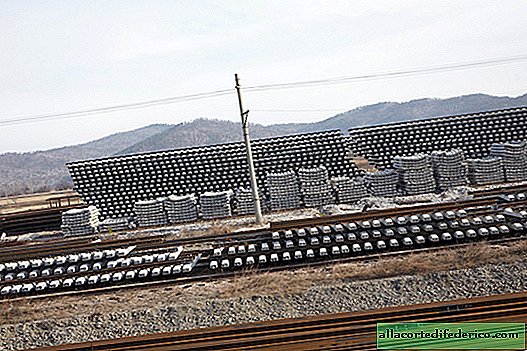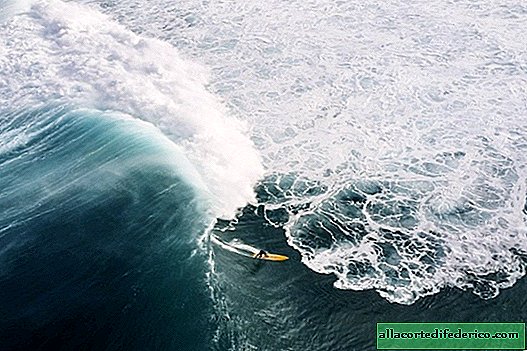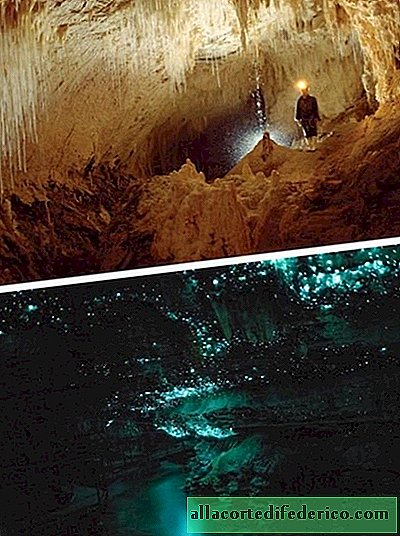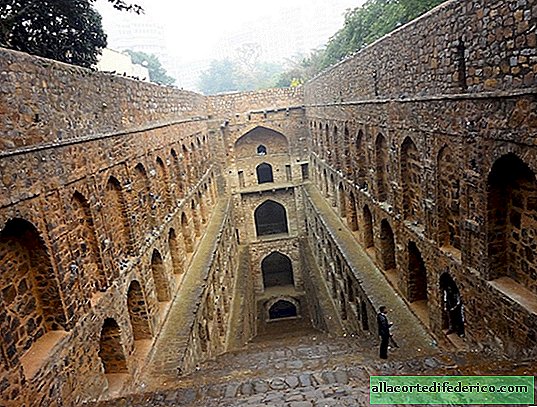Melting of the Himalayan glaciers will turn into a huge problem at the end of the XXI century
The effects of global warming affect not only the countries and regions whose coastal territories are swallowed by the oceans. A global study, carried out at the request of 8 Asian countries at once, showed that they are no less vulnerable to future climate change. It's all about the glaciers that are located in the Himalayas and the neighboring Hindu Kush: their areas are rapidly declining. But their melting threatens far more serious consequences than the disappearance of several kilometers of coastal territory when the World Ocean comes on land, and that's why.
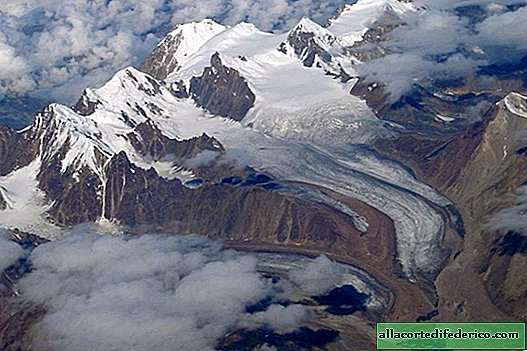
The Himalayas and the Hindu Kush are the grandiose mountain ranges of Eurasia, whose outstanding peaks have a height of 7-8.8 kilometers. Naturally, such grandiose peaks are crowned with glaciers, which are preserved even in the conditions of a hot Asian summer. During winter, snow masses accumulate and glacier areas increase; in summer, with the advent of a seasonal increase in temperature, glaciers give up part of their fresh water reserves, feeding the largest rivers in this region. This model has been functioning steadily for more than one millennium, but, according to scientists, by the end of our 21st century, the situation could radically change.

With the most favorable forecast, the air temperature on the planet will increase by only 1.5 degrees by the end of the century. But a number of regions of the globe, including the Himalayas, expect more significant warming - up to 2 degrees. Even with such modest changes, the system of mountain glaciers of the Himalayas and Hindu Kush will lose 1/3 of the area currently available. But skeptics predict a more significant increase in temperature, which will lead to the melting of 2/3 of all ice volumes concentrated in the Himalayas and neighboring Hindu Kush. How does this threaten a vast region with about 2 billion people?

Amu Darya, Indus, Ganges, Brahmaputra, Irrawaddy - all these and many other rivers originate on the slopes of the Himalayan-Hindu Kush mountain system, and they are fed by mountain glaciers. In the case of an increase in the volume of meltwater, experts predict flood risks in the lower reaches of these rivers. But the worst thing will happen precisely after a decrease in the area of glaciers. Available reserves will not be enough to provide the required volumes of water in the summer season, especially in the arid regions of Central Asia. But even Southeast Asia, with its monsoon rains, will feel the effects of melting glaciers and a shortage of fresh water.

The melting of the Himalaya and Hindu Kush glaciers is compounded by general atmospheric pollution in this region. It's no secret that China, with its powerful industrial sector, is the main "supplier" of pollutants, and pollutants from the Middle Kingdom were found even at an altitude of 8 thousand meters in the Himalayas. Crystal white glaciers cease to be such, which reduces their reflectivity and accelerates the melting process. Unfortunately, the emerging global trend in greenhouse gas emissions into the atmosphere leaves no chance not only for the ice of the polar regions, but also for the Himalayan glaciers.




